Coupled nanostructures
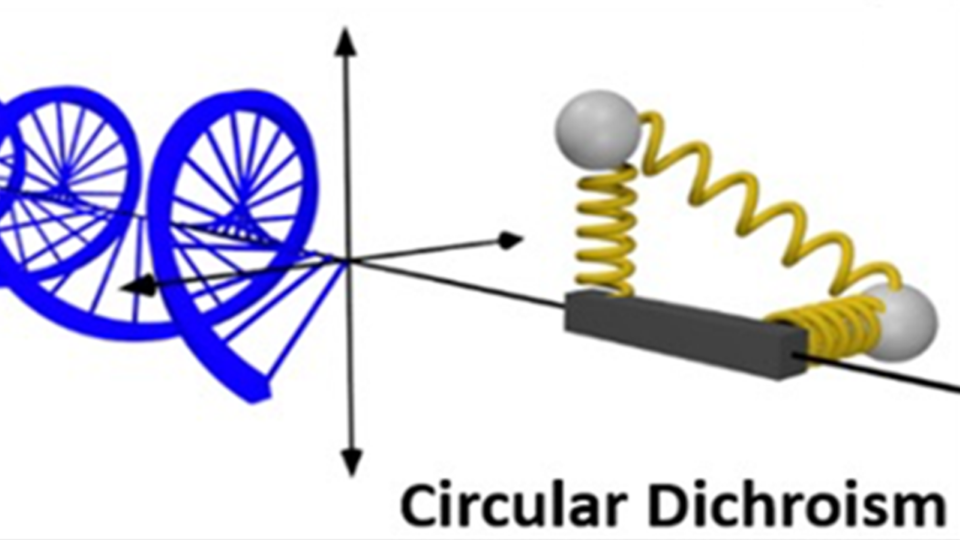
Optical dichroism
Optical Dichroism is the differential extinction by a material when interacting with differently polarized light.
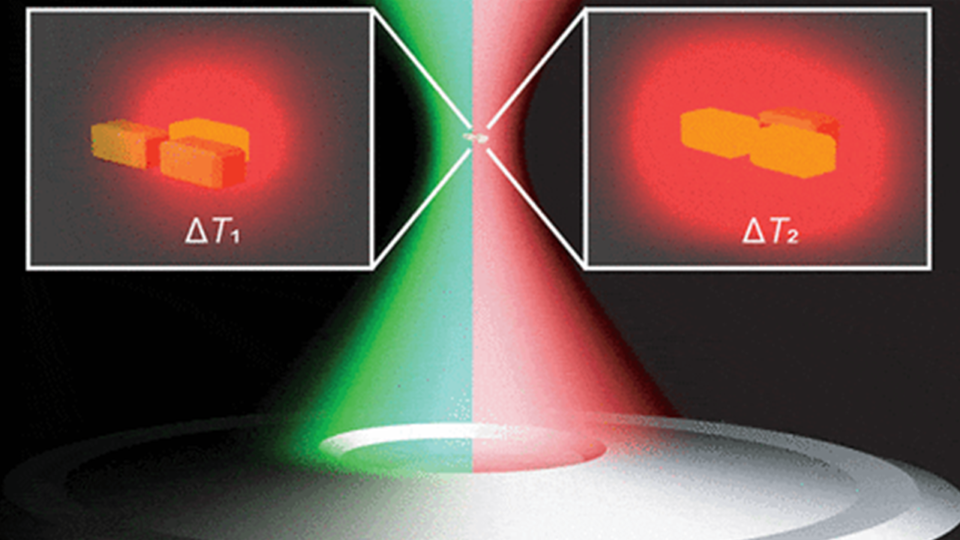
Nanoscale thermal control
The ability to tune thermal gradients at the nanoscale has implications in a myriad of fields ranging from data storage to biomedicine.
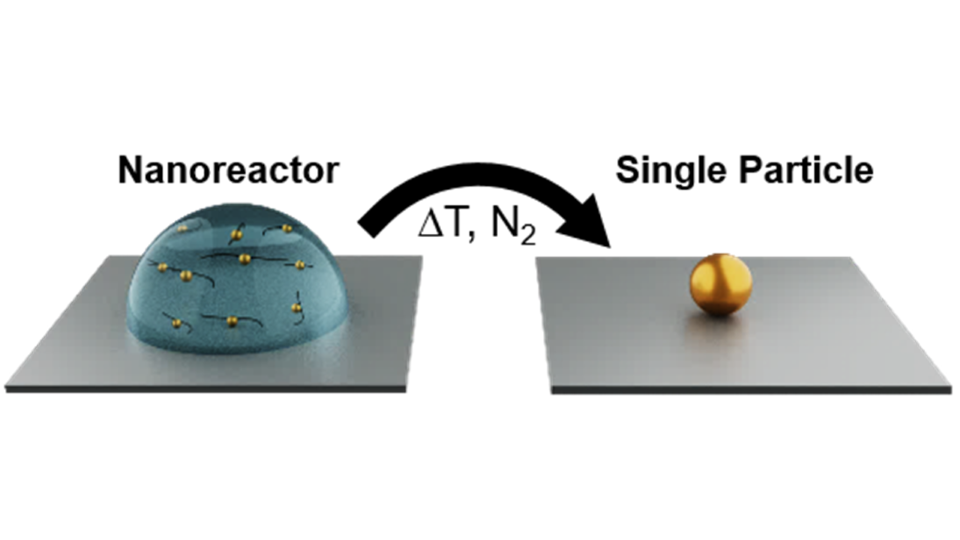
Nanoparticle arrays
Coupling among localized surface plasmons can induce changes in their shape and energy as well as the emergence of new resonances.
Hybrid plasmonic interfaces
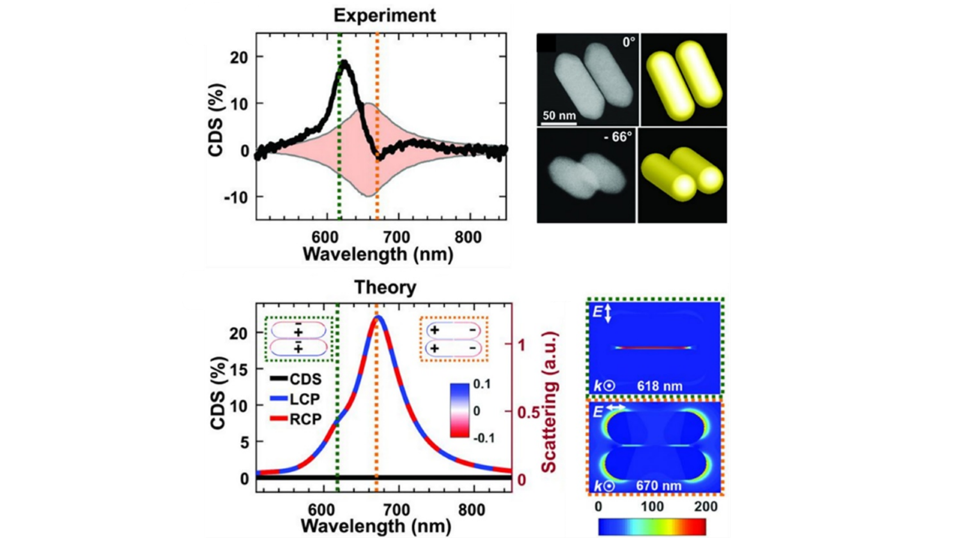
Plasmon-coupled circular dichroism
Sensitive detection of chirality holds great importance in the realm of drug development as the chiral configuration of a biomolecule significantly influences its molecular recognition and, consequently, its functionality.
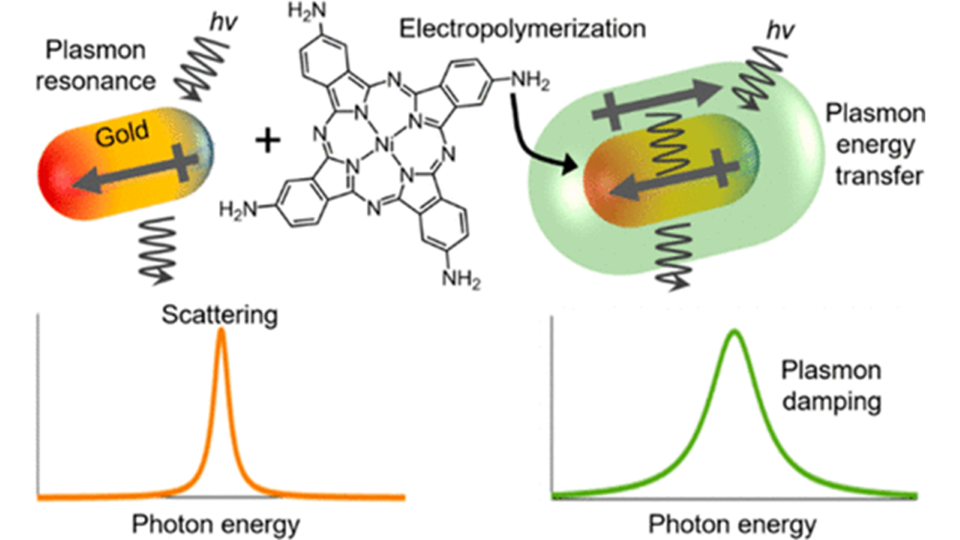
Single-particle spectro-electrochemistry
One challenging aspect of extracting energy through the localized surface plasmon resonance of a nanoparticle is achieving high efficiency and deciphering mechanistic principles that govern the reaction pathway.
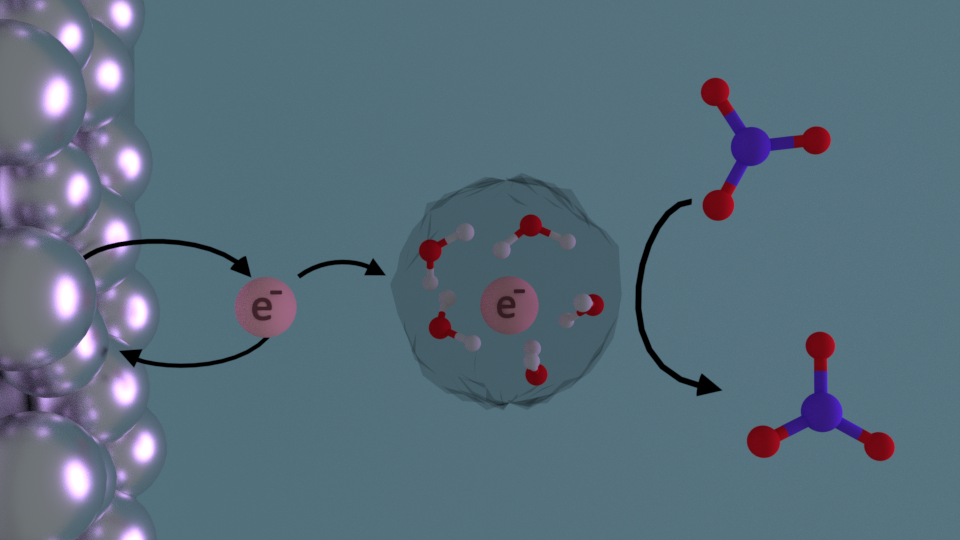
Plasmon-enhanced solvated electron generation
Energetic carriers can be generated from plasmon decay at the metal interface. However, effectively harnessing these hot carriers presents a significant challenge.
Plasmon, hot carrier, and exciton decay dynamics
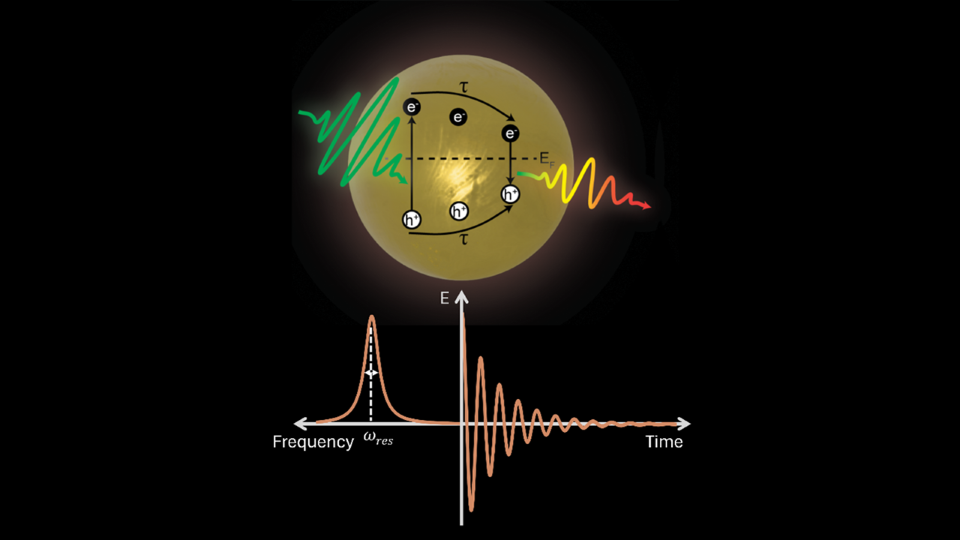
Plasmon dephasing & electron dynamics
Light harvesting nanomaterials such as metals, doped semiconductors, and graphene-based structures can be optically excited to generate localized surface plasmon resonances.
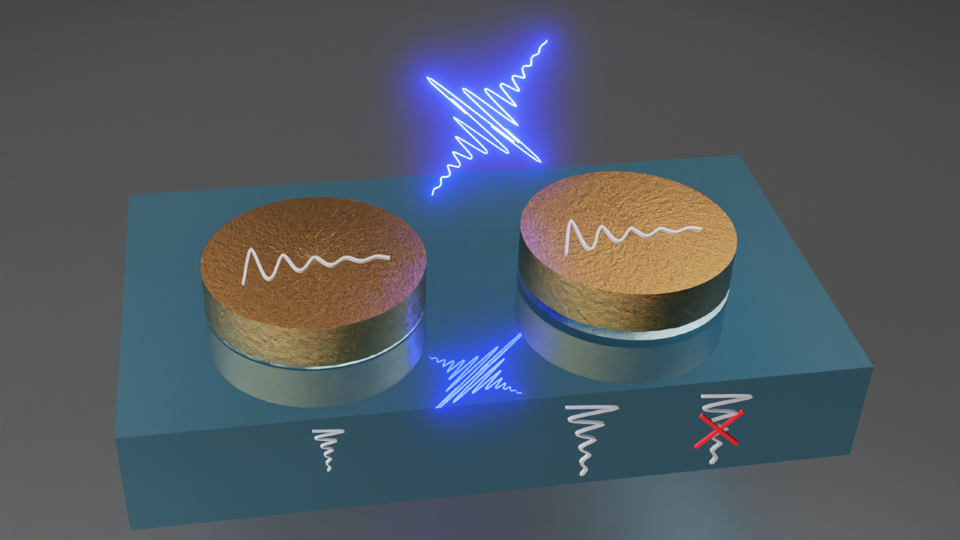
Acoustic modes of single nanostructures
Plasmonic nanostructures with high quality acoustic oscillations have great promise for applications in biosensing, opto-mechanics, and mass spectrometry.
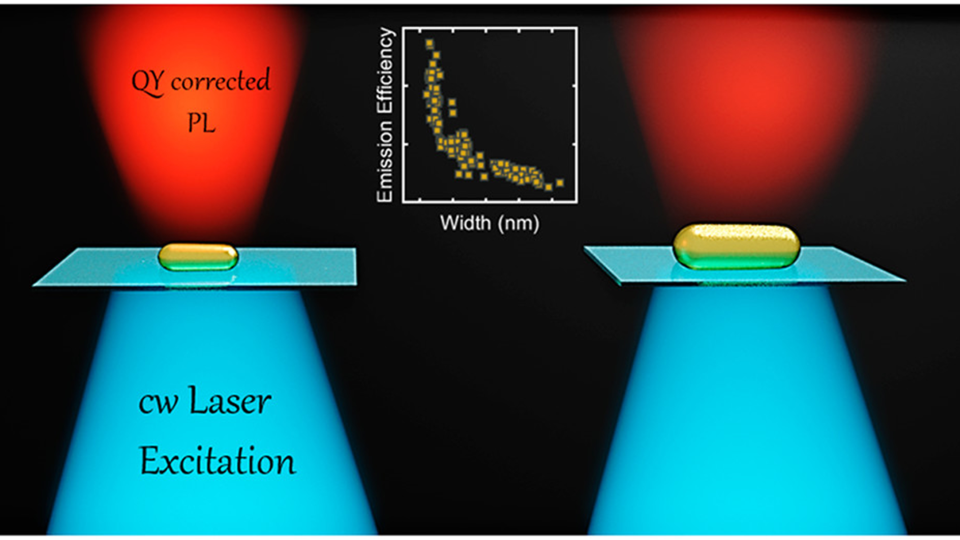
Light emissions from nanoparticles
Plasmons decay non-radiatively generating an excited electron-hole pair or radiatively.